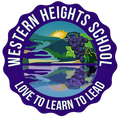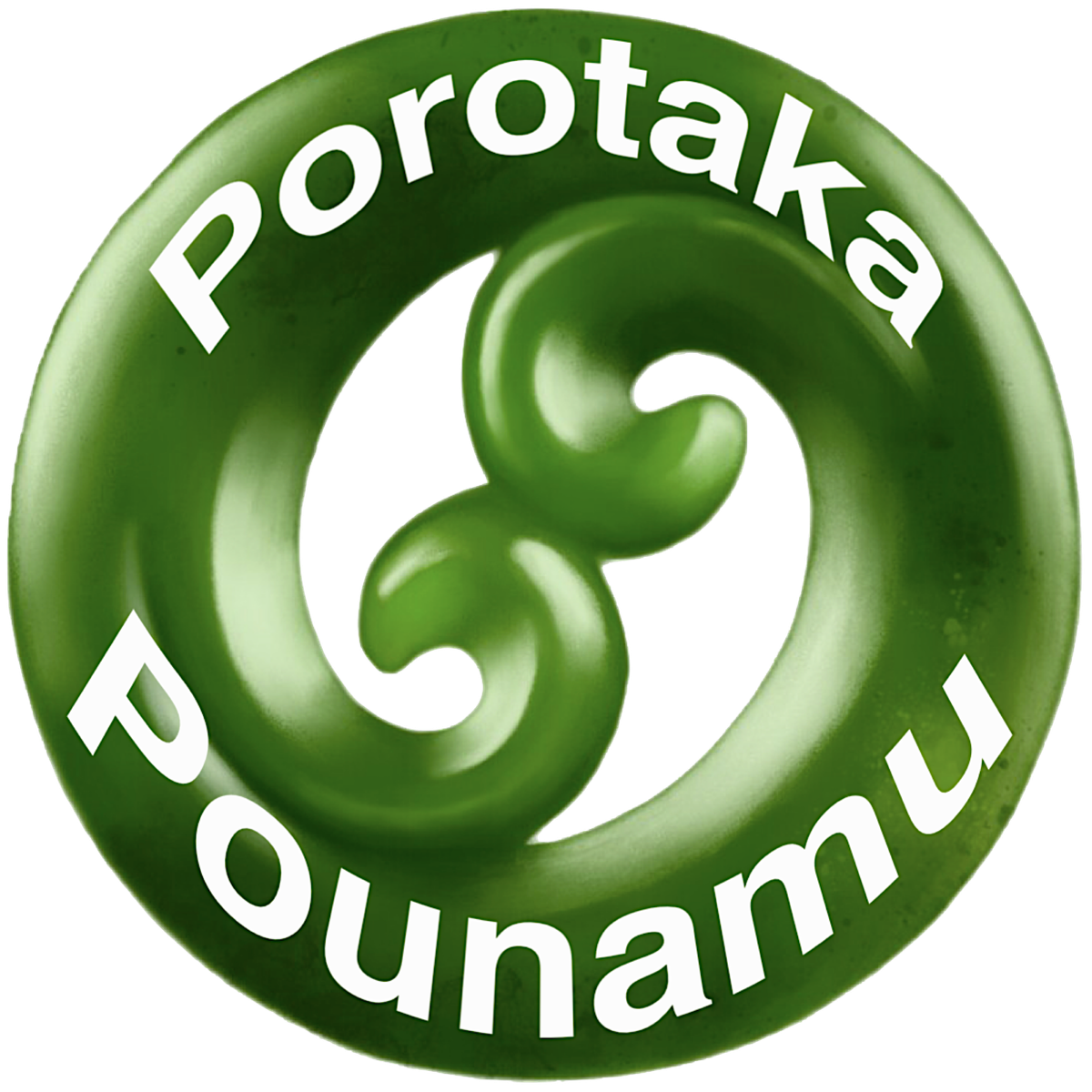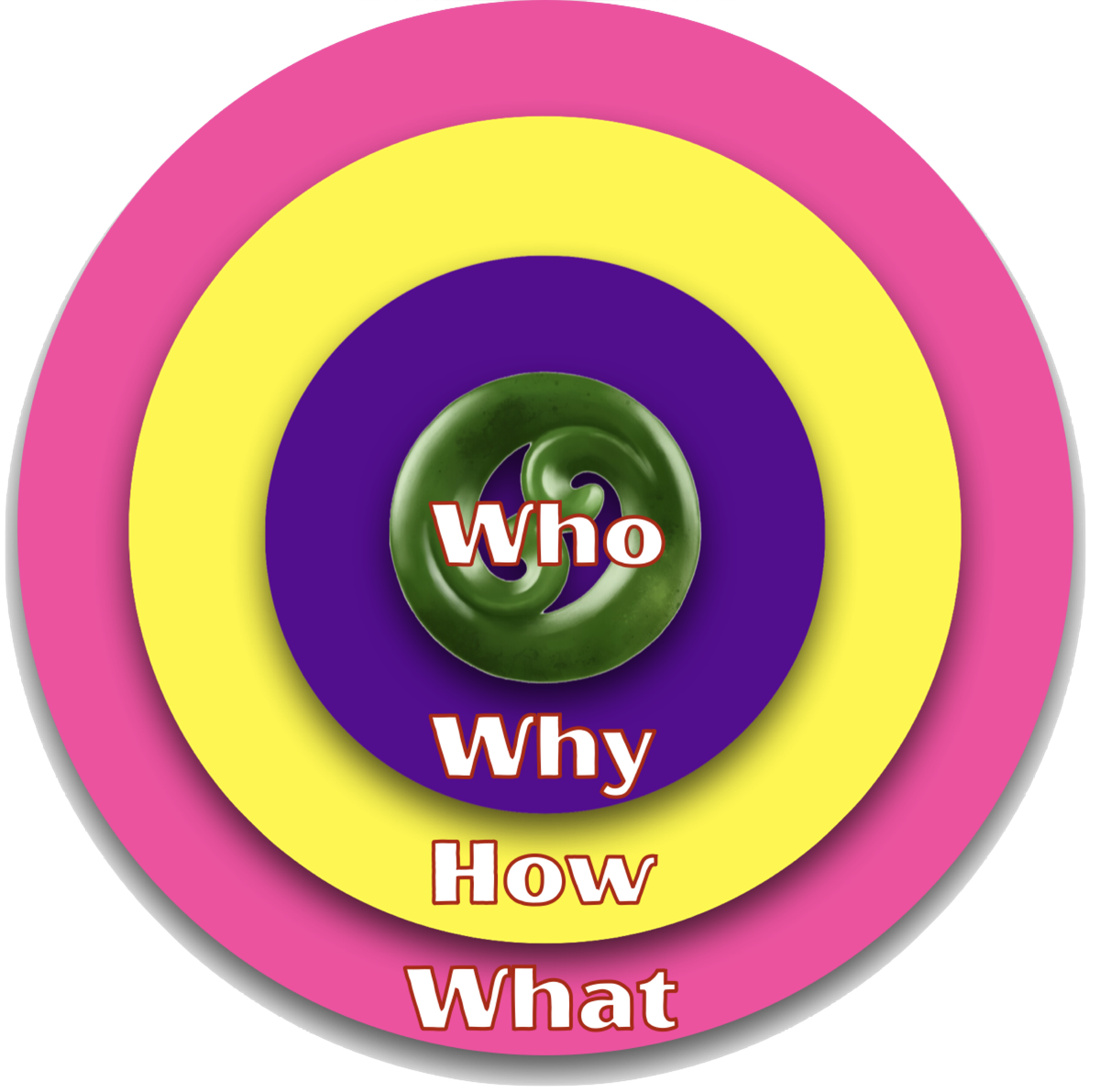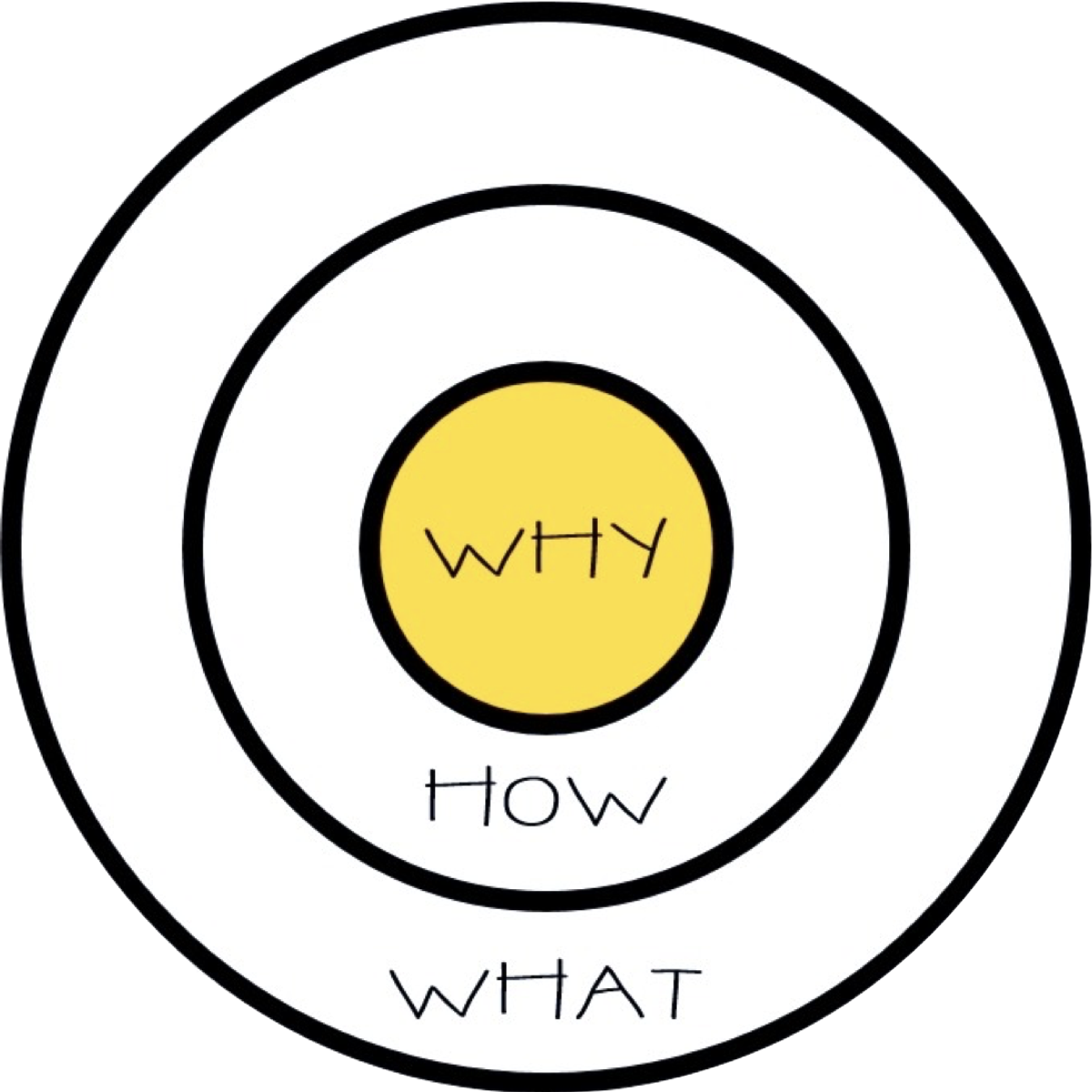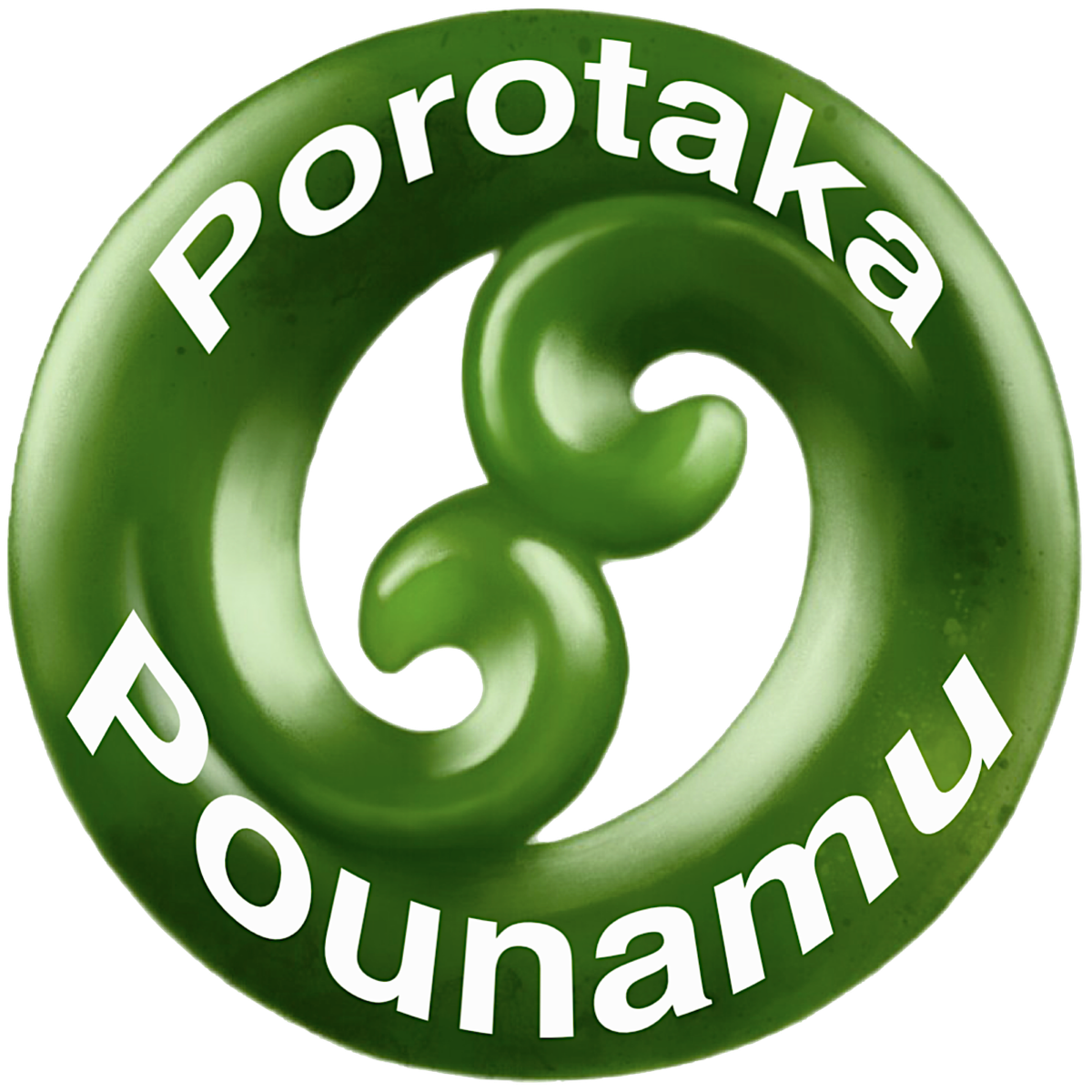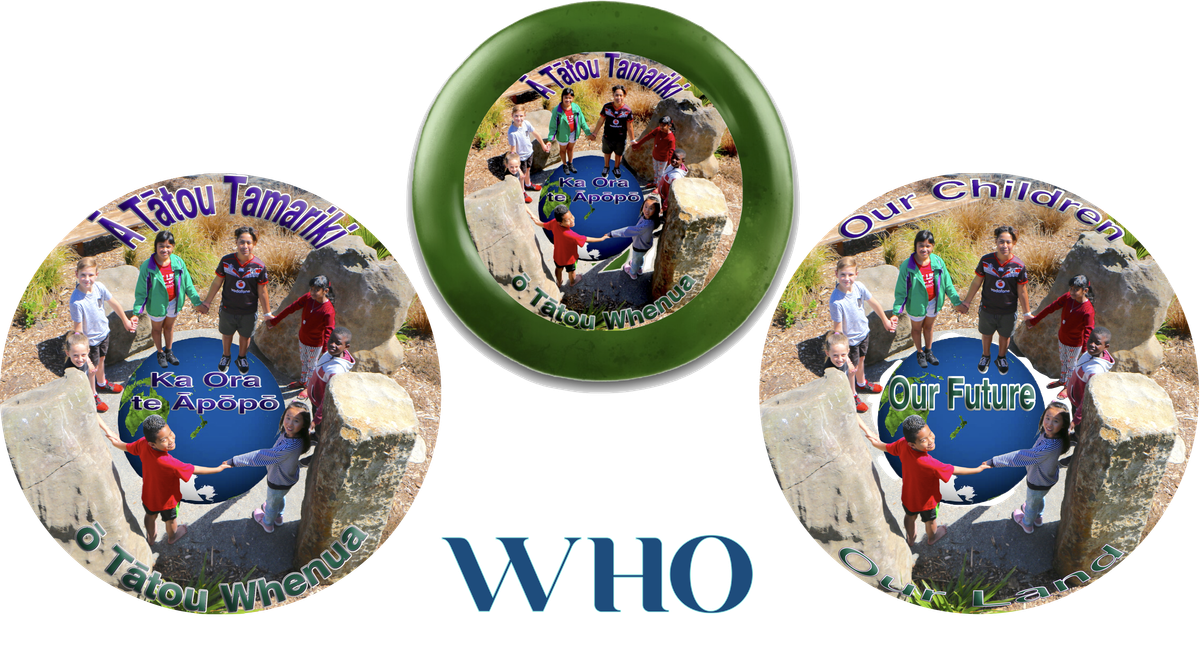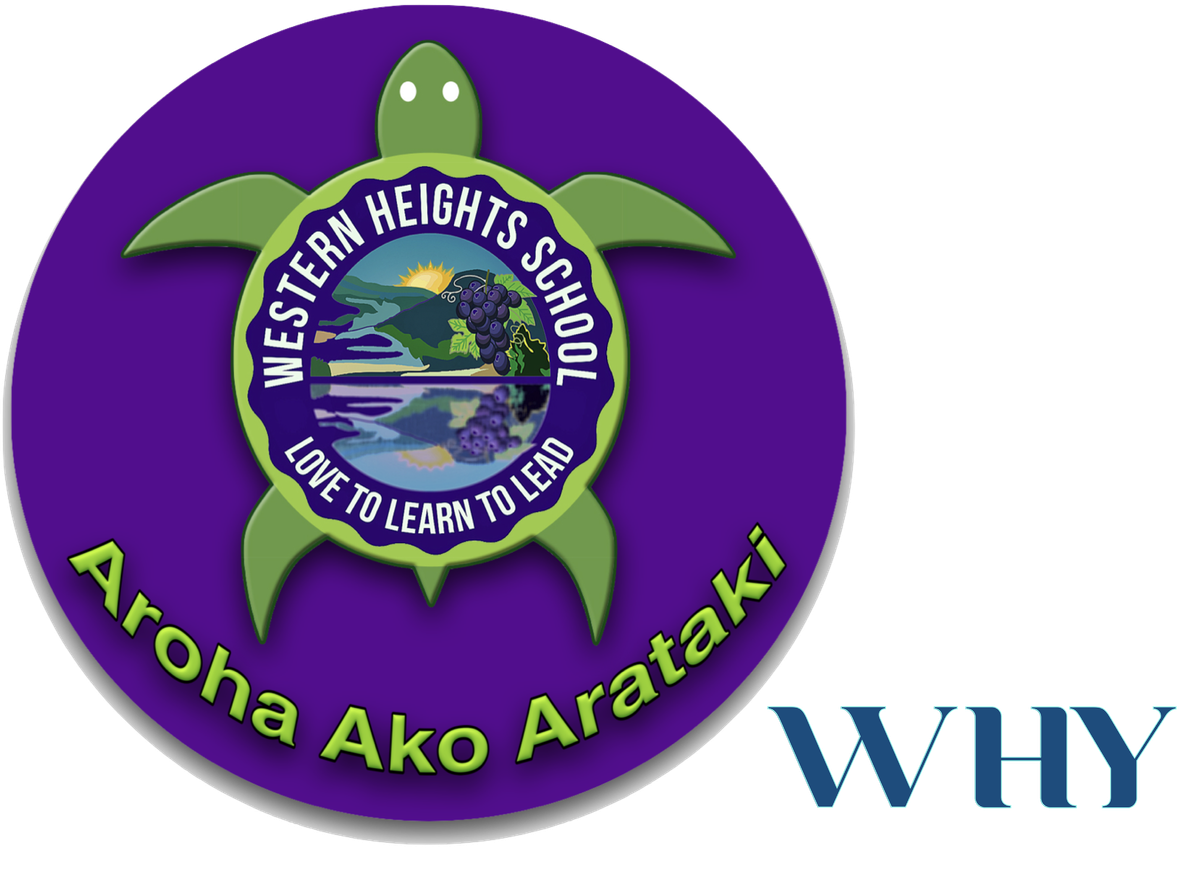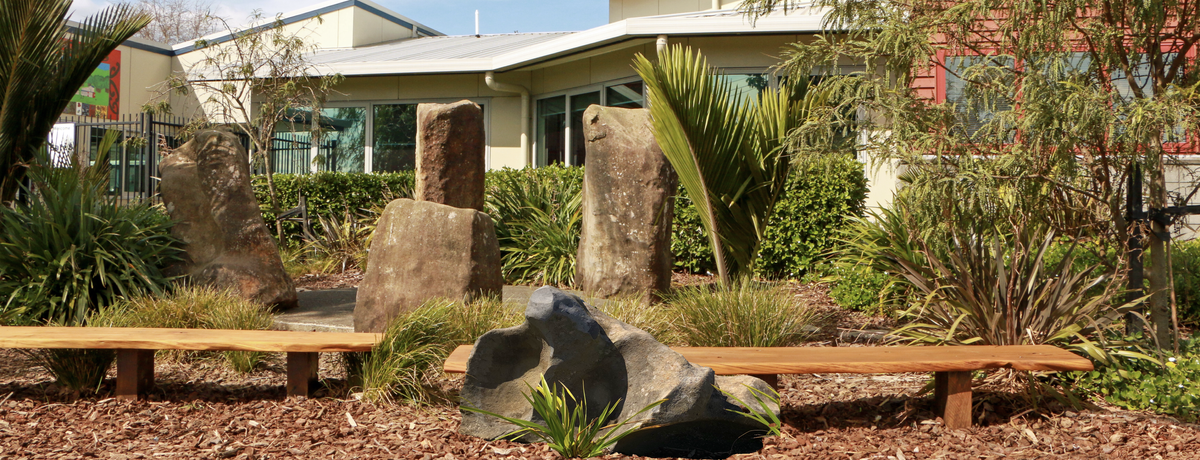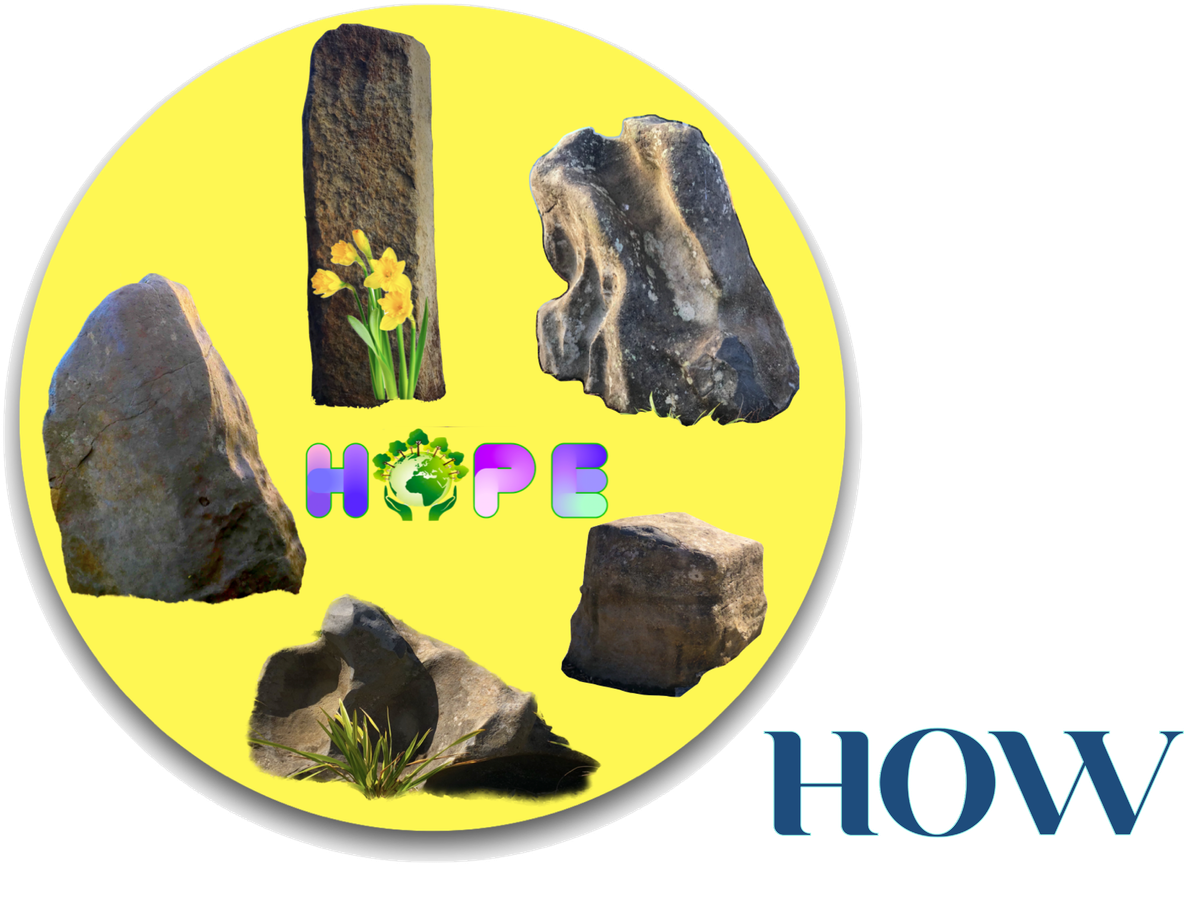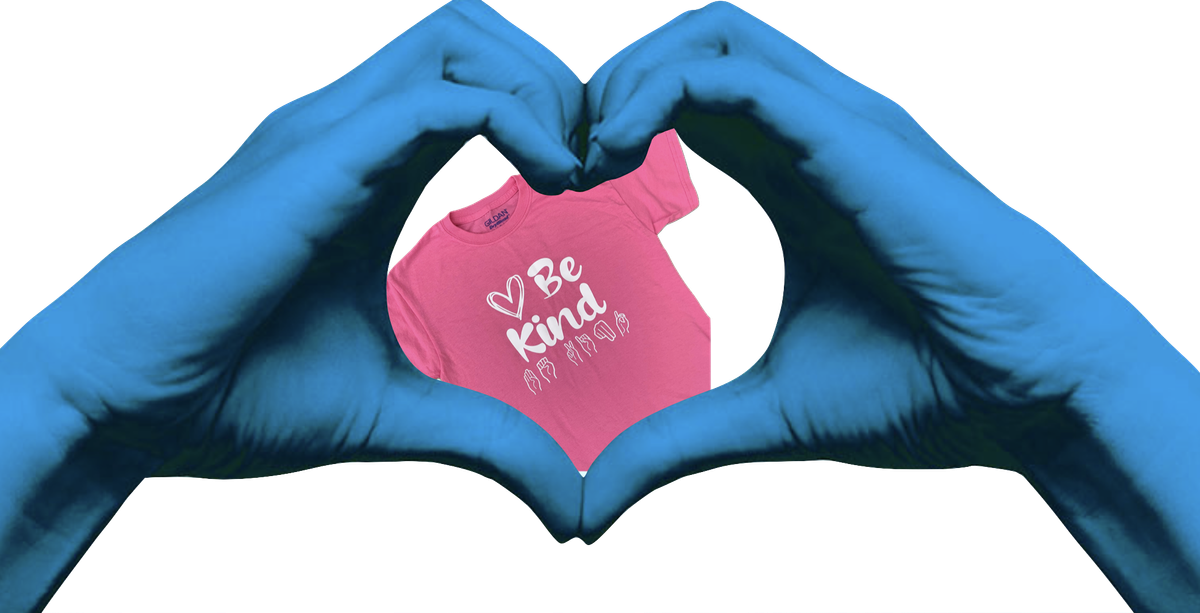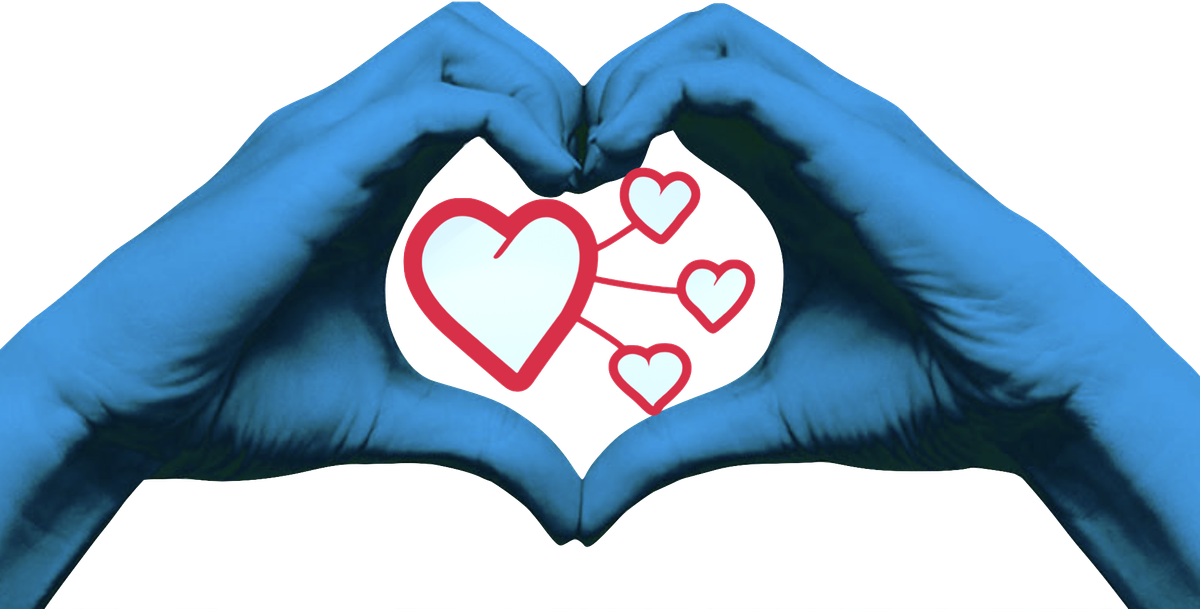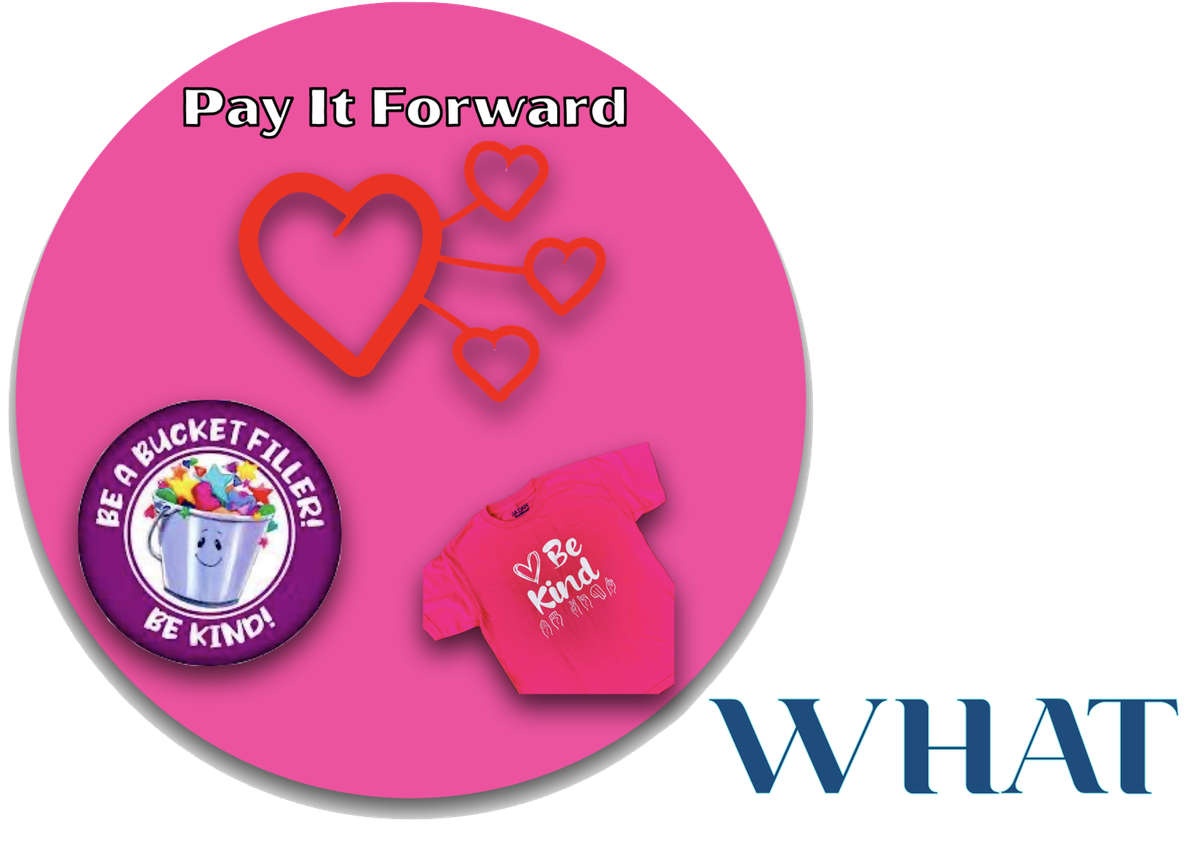Our WHS Kaupapa Model:

Our Kaupapa is the way we do things - it is the way we walk towards and walk in - our purpose.
In terms of the big picture and how this fits the curriculum - in this case, the revised New Zealand Curriculum - Te Mātaiaho - it is the way we address the Localised Curriculum component of Te Mātaiaho.
It's the stuff we focus on and emphasise that is contextualised to us, our place and our kaupapa.
The following model is a culmination of a year of review with our staff each Monday morning and many years of research and reflection - including my Masters research.
Introducing our Porotaka Pounamu, our Localised Curriculum - our context, our place, our kaupapa - wrapped up in one simple, unifying model.
Our Porotaka Pounamu is our extension of Simon Sinek’s Golden Circle - which starts with WHY
Our Pounamu Circle is made up of three colours and a colour-element.
This is how those colours work:
Pounamu:
Pounamu is precious in Te Ao Māori - connecting people to the land - the cornerstone of WHO we are.
Pounamu is precious within our WHS Kaupapa.
We present it as a taonga to recognise our teachers when they achieve Fully Registered Teacher status, and when they gain higher academic honours.
We present it as a taonga to each of our year six student award winners upon their graduation.
Pounamu is Green - one of our two primary WHS colours.
Purple:
Purple is the colour of leadership - denoting learning and agency - a cornerstone of WHY we are.
Purple is the colour of Kings, representing leadership, honour, dignity and respect.
It is the second of our two primary WHS colours.
Yellow:
Yellow is the colour of hope, and HOPE is a cornerstone of HOW we are.
Yellow is the colour of daffodils - another symbol of hope in the fight against cancer. It is the colour of positivity - with a connection to Appreciative Inquiry.
Pink:
Pink represents kindness. Kindness is a cornerstone of WHAT we are at WHS.
Pink is the colour of our hearts, and kindness is at the heart of all we do - from Restorative Practice to Kaitiakitanga to Pink Shirt Day.
Te Porotaka Pounamu
Simon Sinek introduced us to the Golden Circle - where we always start with Why.
We are introducing Te Porotaka Pounamu - the Pounamu Circle - where we always start with Who.
Te Pounamu Porotaka starts with WHO, with people, because, according to the whakatauki that asks what is the most important thing in the world, it is people.
We need to care about and for other people. Love them as we love ourselves. Our WHO is also the Land - Papatuanuku - our Mother Earth. We cannot have people without land. Without Mother Earth we cannot live. We must love Papatuanuku as we love our own dear mother - caring about her, caring for her.
Our WHO is Our Vision:
In Te Ao Māori the most important thing is people.
The People
He aha te mea nui o te aoHe tangata, he tangata, he tangataWhat is the most important thing in the world?It is the people, it is the people, it is the people.
In Te Ao Māori the land is our mother.
The Land
Papatūānuku - Mother Earth is the source of all good things. All things are born from her and nurtured by her, including humankind.
Without her, we do not begin. Without her love and nurture, we do not survive.
These ideas inform the concept of tūrangawaewae – a place to stand, where we feel especially empowered and connected - our home.
Our land encompasses many aspects. In referring to the physical land, its resources, and the environment, it conveys a sense of ownership, responsibility, and connection to the earth and its well-being.
As Kaitiaki, we have a duty of care to care for and protect our natural environment, ensuring its well-being and sustainability for future generations.
"Our land" also signifies our community and our nation - our cultural, communal, and national identity. It encompasses the customs, traditions, and values we want to preserve and pass down.
In our school, we re-vision ‘people’ as tamariki - children.
Our Children
"Our children” - the young who will inherit the world and its challenges. Whatever actions we take today will shape the environment, society, and opportunities for the children of tomorrow. Our legacy must equip our children with the tools, values, and environment they need to thrive.
For Our Future
"Our children; our land; for our future" is a call of hope and a call to action.
It calls us to recognise the connections between the present and the future.
It urges us to be kaitiaki - living our HOPE values of
Help One Person Everyday
Help Our Planet Everyday
Help Our Pacific Everyday
to ensure a better world for our children and future generations.
Our WHY is Our Mission:
Love to Learn to Lead:
Love - Ourself, Others, and Our World
Learn (about) - Ourself, Others, and Our World
Lead - Ourself, Others, and in Our World
We Love to Learn, so we can Learn to Lead, so we can Lead with Love.
Our WHY is Our Mission:
Ourself:
The only person we can change is ourselves - so in our Love, Learn, and Lead journey, we always start with ourselves.
Others:
Our actions influence others, starting with our families and our classrooms. Our Love, Learn Lead values can inspire others to make their own changes take responsibility for their wellbeing, learning and leadership.
Our World:
Our actions can impact our world - starting with our local environment, our community, our country, and even our wider world.
We love to learn, so we can learn to lead, so we can lead with love is a roadmap to a brighter, kinder future.
Loving to Learn:
The Spark of Curiosity
Excitement and wonder - that's what loving to learn feels like. When we foster a love for learning, we're feeding our innate curiosity, expanding our horizons, and understanding the vast, wonderful world around us. Every lesson is an opportunity to ignite this spark, not just to learn but fall in love with learning.
Learning to Lead:
From Knowledge to Action.
Once we have knowledge and understanding, underpinned by love and kindness, we are ready to Lead.
Leadership is about using what you've learned to make decisions, help others, and shape your environment for the better. It's about standing up for what's right, even when it's challenging. It’s about doing the right thing even when no one is looking.
Leading with Love: The True North of Leadership*
Leading without love is like travelling without a map or a compass - it’s easy to lose your way.
Leading with love means making choices that consider everyone's well-being, acting with kindness and approaching challenges with empathy.
Professor Russell Bishop, author of Teaching to the North East and Leading to the North East
Our HOW is Our HOPE:
Help One Person Everyday
Our How is HOW we show our love for people - by Helping One Person Everyday.
Help Our Planet Everyday
Our How is also about HOW we show our love for our planet - by Helping Our Planet Everyday.
Help Our Pacific Everyday
Our How is also .... HOW we show our love for our Pacific - meaning all our waterways - by Helping Our Pacific Everyday.
Our HOW is Our Pōhatu Tūmu
Whānaungatanga
- Family Always
- Being a Family
- Caring for our Family.
- Learning and Growing Together
- Being a Big Brother / Sister - Tuakana Teina
Whakamana
- Our Best Always
- Being Better than Before
- Being the Best I Can Be
- Leading by Example
Whakapono
- The Truth Always
- We keep our word
- Showing Integrity
- Doing the Right Thing Always
- Being Fair and Playing Fair
Manaakitanga
- Caring Always
- Caring for ourselves, others, and our world.
- Being Kaitiaki
- Showing Respect for All
Tūrangawaewae
- Our Home Always
- Our Standing Place
- Our Place Where We Belong
- The Place Where We Stand Tall
Our WHAT
Daily Actions - What We Say, We Do:
Be Kind
- Kind thoughts
- Kind words
- Kind deeds
- Be inclusive
- Care for others, ourselves, our world.
Be a Bucket Filler
- Fill someone's bucket each day
- Be a bucket filler - not a bucket dipper
- When you fill someone else's bucket - you fill your own
- Protect your bucket
Pay It Forward
Building
- Empathy
- Generosity
- Kindness
- Good deeds without expecting any return
We can put all of these components - all these aspects of our Kaupapa - together into one all-encompassing model.
WHO:
The People and the Land - the land encompasses all water sources
WHY:
We Love to Learn so we can Learn to Lead so we can Lead with Love
Ourselves Others Our world
HOW:
HOPE
Help One Person Everyday
Help Our Planet Everyday
Help Our Pacific Everyday
Põhatu Tumu
Whanaungatanga
Whakamana
Whakapono
Manaakitanga
Turangawaewae
WHAT:
Be Kind
Be a Bucket Filler
Pay It Forward
Since you got this far, you deserve to experience a super-cool YouTube video presented by Michael Jr, a comedian, who shows us the difference between knowing What and Knowing WHY.
